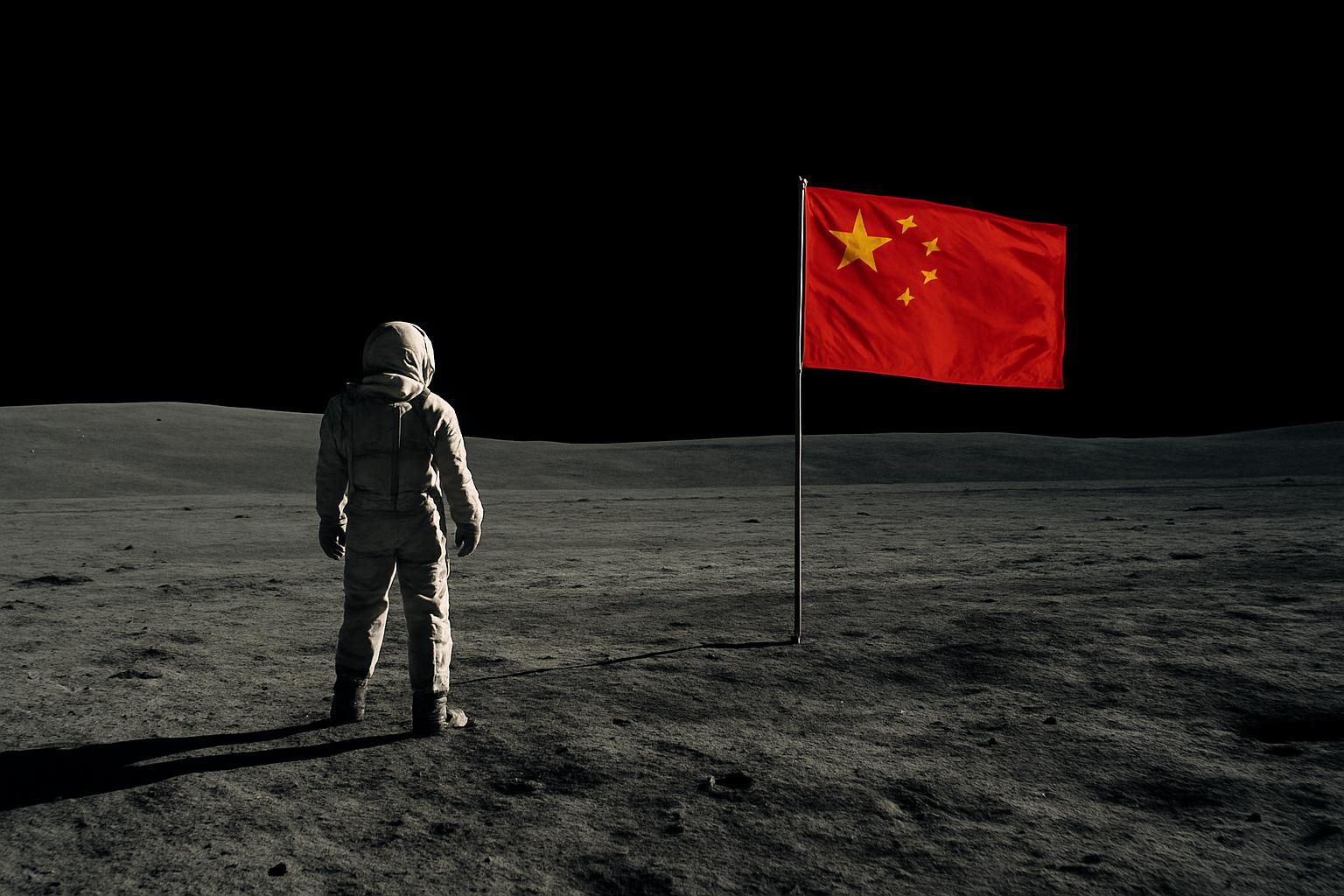NASA faces a complex and evolving set of challenges as it navigates a rapidly shifting landscape shaped by political, international, and competitive pressures. These pressures influence the agency’s strategic direction, often altering with changes in government leadership and policy priorities. At the same time, NASA must carefully balance its role in international collaborations and its position in a high-stakes competition for space dominance, particularly with China, which has accelerated its space exploration ambitions significantly in recent years.
China’s burgeoning space programme adds a multifaceted dimension to the global space race. The Chinese National Space Administration (CNSA) has recently made headlines by lending lunar rock samples from its 2020 Chang’e-5 mission to scientists at NASA-funded U.S. universities, as well as institutions in several other countries including Japan, France, Germany, Britain, and Pakistan. This gesture, seen as a move towards scientific collaboration, takes place despite the fraught geopolitical context and longstanding U.S. legal prohibitions on direct cooperation with China’s space agency over national security concerns. NASA Administrator Bill Nelson has reassured that these arrangements proceed under rigorous security assessments, reflecting a cautious yet pragmatic approach to engagement with China.
China's space ambitions are underscored by its continued success and long-term planning. Following its Chang’e-6 mission, which collected samples from the far side of the moon—a world first—China is gearing up for further missions (Chang’e-7 and Chang’e-8) incorporating up to ten international partners. These efforts are part of a broader strategy aimed at establishing a permanent manned lunar base by 2035. Moreover, the Chinese Academy of Sciences has articulated an expansive vision to achieve global leadership in space science by mid-century, focusing on research ranging from black holes and habitable planets to extraterrestrial life. These plans include landing astronauts on the moon by 2030 and developing a lunar research station, ambitions that place China in direct competition with the United States and other spacefaring nations.
This competitive yet occasionally cooperative dynamic reflects broader geopolitical realities. China's foreign ministry spokesperson Mao Ning has signalled an openness to space cooperation with the U.S., yet stressed that significant barriers must be overcome on the American side before collaboration can advance. The 2011 Wolf Amendment remains a pivotal obstacle, effectively barring NASA from engaging with China’s space programme either directly or indirectly.
Industry experts warn that China’s rapid progress could soon translate into it overtaking the United States as the dominant space power. A recent report by the Commercial Space Federation, titled "Redshift," highlights how China’s strategic investments, technological breakthroughs, and international partnerships—dubbed the "Space Silk Road”—might allow it to surpass the U.S. within five to ten years. The report points to China’s completion of the Tiangong space station, expanding satellite constellations, and lunar exploration infrastructure as key factors driving this shift. Meanwhile, U.S. efforts encounter delays and budgetary constraints, casting doubt on the country’s ability to maintain its leading edge.
In light of these developments, numerous voices within the scientific and policy communities have advocated for renewed space cooperation between the U.S. and China. Historical precedents, such as the Apollo-Soyuz mission during the Cold War and the multinational collaboration on the International Space Station, demonstrate how space partnerships can transcend terrestrial rivalries, fostering trust and reducing tensions. Proposals for joint missions, shared data initiatives, and coordinated space traffic management gain traction as practical approaches to ensuring safe and sustainable operations in Earth's orbit and beyond. However, such cooperation hinges on political will and potential legislative changes in the United States to lift existing restrictions.
NASA, meanwhile, must steer through these complex geopolitical waters, balancing its leadership ambitions with the realities of international competition and collaboration. The agency’s policies and priorities will need to reflect not only scientific and exploratory goals but also broader strategic considerations within an increasingly contested space domain.
📌 Reference Map:
- [1] (OpenTools.ai) - Paragraph 1
- [2] (Reuters) - Paragraphs 2, 3
- [3] (Reuters) - Paragraph 4
- [4] (Live Science) - Paragraphs 5, 6
- [5] (TIME) - Paragraph 7
- [6] (AP News) - Paragraph 3
Source: Noah Wire Services
